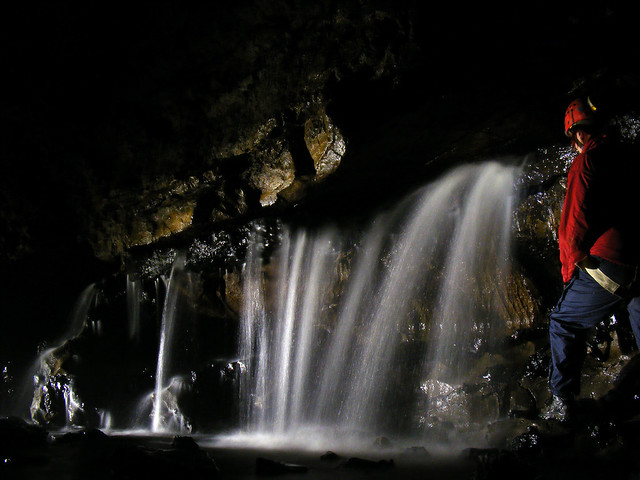As mentioned by rom82, there is a serious problem with using LEDs for photography - the colour.
A (metz 45) flashgun gives out
http://medicalphotography.com.au/Article_03/IRFig11.gif
Whereas a typical high power LED spectrum is
http://i.stack.imgur.com/uJqtZ.png
LEDs really lack in certain areas of the spectrum, and you can't just shift the white balance for this. If an object is equally reflective at 450nm and 490nm, it'll look almost the same as if it is just reflecting the 450nm light as there's so little 490nm hitting the object. This leads to the colours looking a bit rubbish. Often they also look washed out.
This is all compounded by the fact that LEDs usually require high ISOs and thus the colours will be suffering anyway.
This is far from the best example out there, but shows the colours that come naturally with flash, even with a cheap camera
https://www.flickr.com/photos/127423544@N02/15118458876/in/album-72157647180289046/lightbox/
The rock shows actual colour throughout the image instead of the grey/cold blue common from LEDs. The orange on the helmet stays controlled, but more importantly the red oversuit is neither blown out and saturated nor is it washed out and weak in colour.
I'm not claiming this or any of the others to be images of note, and I think it's very possible to get stunning images from LEDs. I just think its really worth being aware of how they could make it difficult to get the colours you want.
I usually find smooth water in action shots slightly odd as there is an inherent contradiction - is the person posing or not? I stick with flash as ever for things like:
https://www.flickr.com/photos/127423544@N02/15526087280/
and
https://www.flickr.com/photos/127423544@N02/15465822219/
I do like the 1/30 shot though; I think this shows how you can achieve the tricky task of action and flowing water together. Much slower or faster would case the contradiction to arise in my head again. Multisecond shots of water can also be beautiful, but completely remove the chance of any action
Anyway, I'm rambling. My point: I think the majority of cavers would be better served with a handful of dirt cheap second hand flashguns and triggers than any LED source, flash or floodlamp.




